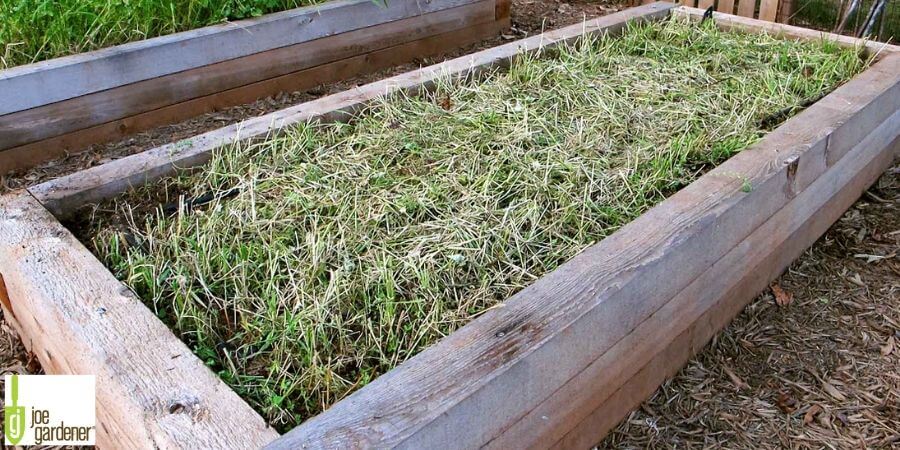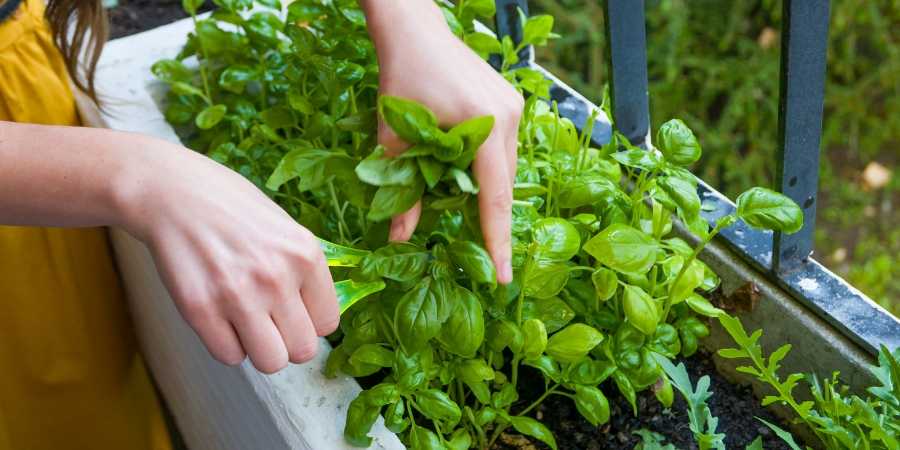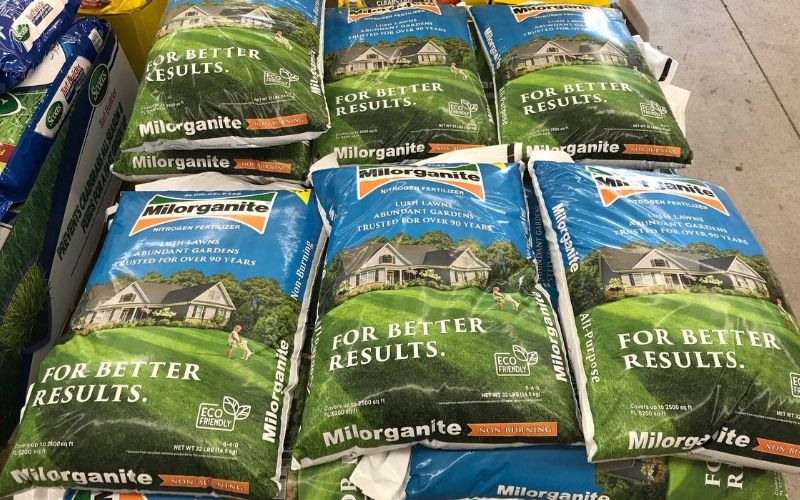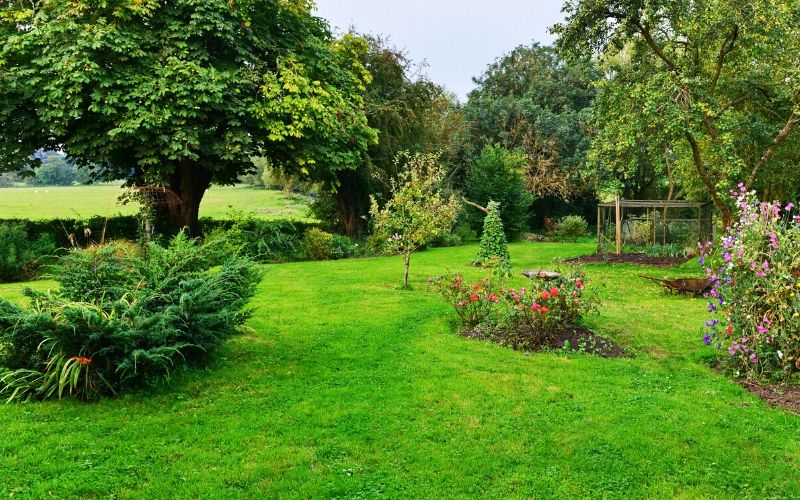Tips for Growing Tomatoes
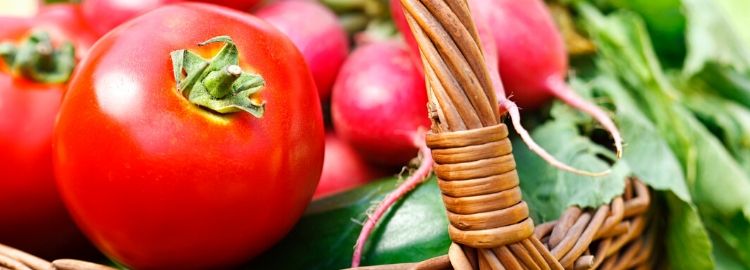
Milorganite® and tomatoes go great together! Research at the University of Wisconsin-Madison confirms our customers’ reports that Milorganite outperforms other fertilizers when it comes to growing the biggest and best tomatoes.
Tips for Growing Tomatoes:
Select the right tomato: Determinate tomatoes (look for the “D” on the tag) grow a certain height and stop. They work well in towers, containers or even hanging baskets. Indeterminate tomatoes (labeled with an “I”) keep growing taller, producing more flowers and fruit until the end of the growing season. These do best when grown on tall sturdy stakes or extra tall strong towers.
Plant in full sun: Tomatoes need 6-8 hours of sun per day.
Add organic matter: Add several inches of organic matter to the top eight to twelve inches of soil prior to planting or mix into your container. Compost, aged manure, and other organic materials help improve drainage.
Fertilize with Milorganite®: Fertilize when you plant and again when the tomatoes flower. Use 4.5 lbs. per 50 square feet or 1/2 cup per plant. Milorganite feeds tomatoes evenly and gradually and promotes strong roots, which in turn provides for sturdy stems and a plentiful harvest.
Plant deeper and sideways: Dig a 3 to 4 inch deep trench and lay the plant on its side. Roots will eventually develop on the stem.
Support: Place the tower over the tomatoes at planting. Tomatoes grown in towers produce a larger, but later harvest than staked tomato plants. When staking it is important to avoid the stems of tomato plants from breaking. Broken stems make the plant vulnerable to disease and insect problems. Staked tomatoes produce the earliest and smallest harvest.
Water: Tomato plants require 1” of water per week to prevent skin splitting or blossom rot. Check new plantings every few days and water often enough to keep the developing root system moist. Reduce frequency as plants become established. Water established plants thoroughly whenever the top few inches of soil are slightly moist.
Mulch: With shredded leaves, evergreen needles, or other organic mulch to keep the soil consistently moist and suppress weeds. Consistent soil moisture encourages more flowering and fruiting, while reducing the risk of blossom end rot, cracking and misshapen fruit.
Pinch off the “suckers”: Suckers are branches off of the main leader of a plant. Pinching off suckers regularly will redirect the plants'energy into ripening and growing fruit rather than producing more leafy growth.
Harvest: Tomatoes when fully colored. Leave them on the plant an extra 5 or 6 days for even better flavor. Unfortunately, the animals often move in and feast on the ripening fruit. In this case, you may need to finish ripening tomatoes indoors.
Garden Articles
Garden Videos
Related Garden Tips
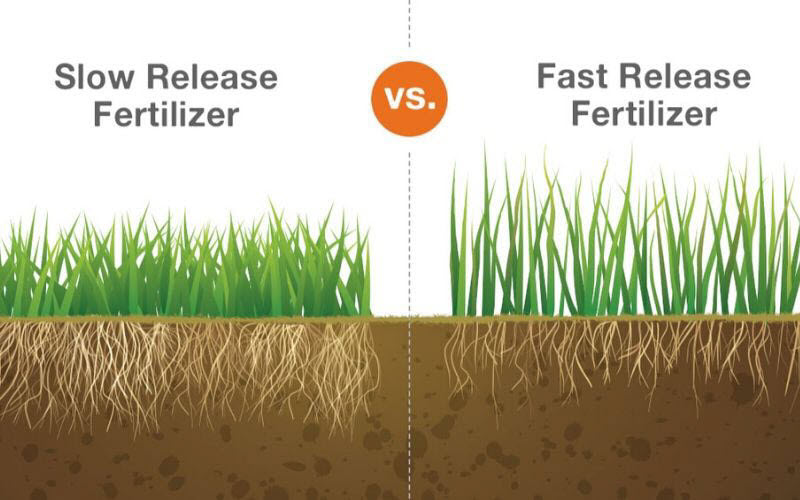
Organic vs. Synthetic Fertilizer
Learn the differences and benefits of organic and synthetic fertilizers.


